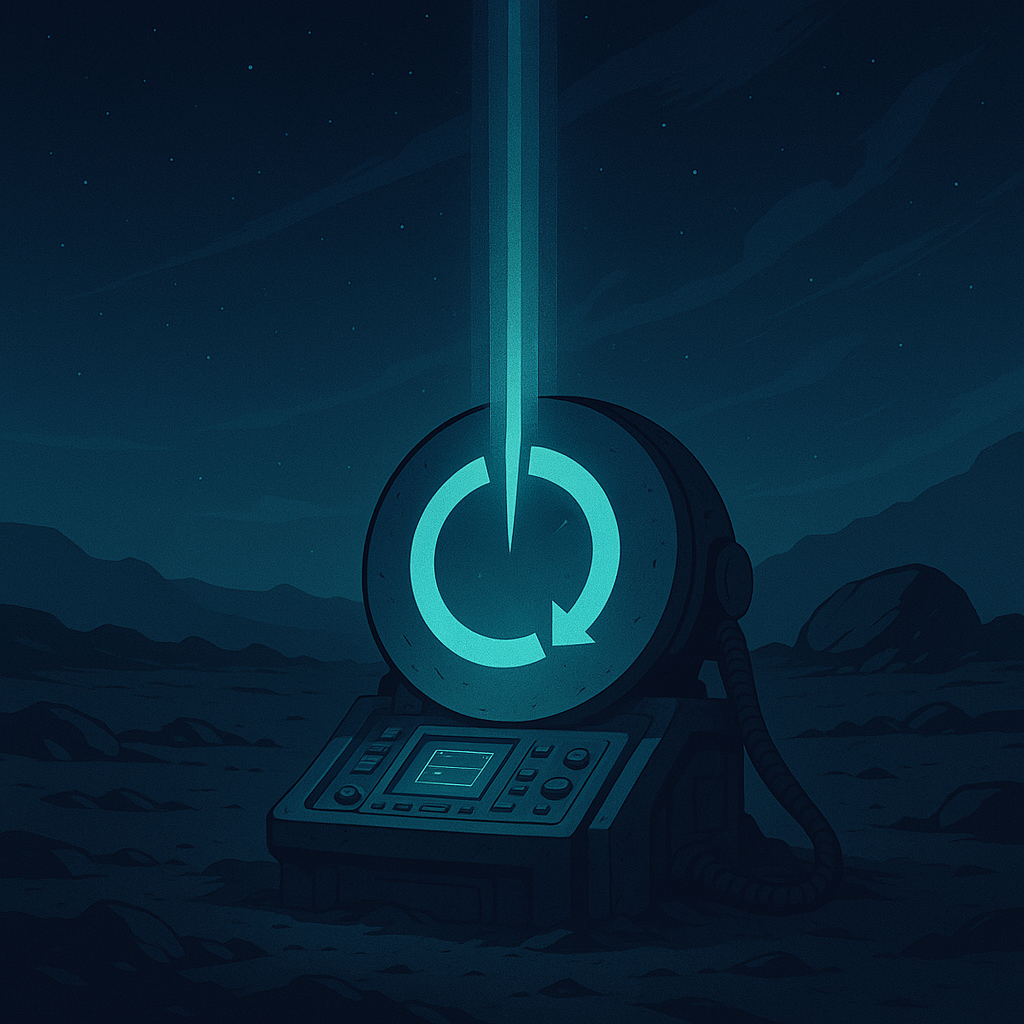How to Write an Effective Project Post on Profoundly
Creating an effective project post on Profoundly is essential for quickly connecting with the right HubSpot expert for your needs. A well-crafted...
We know that finding the right help with HubSpot is a big decision. Whether you're just getting started or trying to fix or improve a complex setup, understanding what different types of projects cost—and why—is a critical step in planning your next move with confidence.
This guide is designed to help you build an informed budget, understand what drives costs up or down, and explore the most common HubSpot project types. From quick wins to long-term infrastructure, we’ve got you covered.
When it comes to HubSpot projects, two core factors affect pricing more than anything else:
This guide offers directional ranges—guardrails—not hard quotes. Some experts charge hourly, some by project, and others use hybrid or value-based pricing models. Actual quotes will vary depending on the specifics of your situation.
What it is: A review of your HubSpot portal, including your setup, automation, data, and reporting. Audits help uncover misconfigurations, gaps, and opportunities—so you can prioritize what’s next and invest in the right work.
|
Level |
Price Range |
Best for... |
|
Basic Audit |
$1,000–$3,000 |
Small portals, limited automation, few workflows |
|
Standard Audit |
$3,000–$7,000 |
Mid-size instances with some historical complexity |
|
Complex Audit |
$7,000–$15,000+ |
Multi-team portals, legacy data, advanced automation |
A good audit is often the smartest starting point when you're unsure what’s wrong—or how to fix it.
What it is: Moving existing customer and business data into HubSpot—typically contacts, companies, deals, and historical activity—from one or more systems. These projects often involve cleanup, normalization, and mapping to HubSpot’s structure and include contacts, companies, deals, custom properties, and historical data. The platforms and applications involved also materially impact pricing, in addition to the other factors called out in this guide.
|
Level |
Price Range |
Best for... |
|
Basic |
$500–$2,000 |
One data source, clean standard fields |
|
Standard |
$2,000–$5,000 |
Multiple sources, custom fields |
|
Complex |
$5,000–$20,000+ |
Custom objects, logic-heavy mapping, cleanup |
Pro Tip: Clean data and clear documentation can dramatically reduce migration time and cost.
What it is: Setting up HubSpot as your central system for managing contacts, companies, deals, and activities—so your teams can track relationships, automate workflows, and make data-driven decisions. This is one of the most common starting points for teams adopting HubSpot—or trying to get more value from it. Whether you’re migrating from spreadsheets, replacing a legacy CRM, or optimizing an underused HubSpot instance, CRM implementation lays the foundation for everything else in your go-to-market motion. A solid setup saves time, improves visibility, and unlocks automation.
|
Level |
Price Range |
Best for... |
|
Basic |
$2,000–$7,000 |
Contact import, default pipeline setup |
|
Standard |
$7,000–$25,000 |
Custom properties, automations, reporting |
|
Advanced |
$25,000–$50,000+ |
Multi-team workflows, integrations, governance |
HubSpot’s CRM is powerful, but flexible. A good implementation doesn’t just match your current workflows—it makes them better.
What it is: Connecting HubSpot with the other tools your business relies on—so data flows smoothly across platforms, processes stay aligned, and your teams don’t have to work in silos. Integrations can be as simple as syncing form data with your email tool, or as complex as building a two-way sync between HubSpot and a custom-built internal system. The goal is to make HubSpot the hub of your business, not just another system.
|
Level |
Price Range |
Best for... |
|
Basic |
$500–$4,000 |
App Marketplace connections (e.g., Zoom, Slack) |
|
Standard |
$4,000–$10,000 |
CRM syncs, custom field mapping |
|
Advanced |
$10,000–$30,000+ |
Middleware, custom APIs, multi-system syncing |
The right integration saves time, reduces errors, and unlocks better reporting—so your systems work harder and smarter for you.
What it is: Updating the design, structure, or performance of your HubSpot website or blog using CMS Hub or custom development.
|
Level |
Price Range |
Best for... |
|
Updates |
$500–$5,000+ |
Small design tweaks or copy changes |
|
Template Based |
$5,000–$15,000+ |
Standard themes or frameworks |
|
Custom Build |
$15,000–$100,000+ |
Fully custom sites with advanced features, personalization, SEO work, membership, etc. |
Heads up: Heavy customization and complex integrations drive costs up quickly. Starting with a proven template can save thousands.
What it is: Building your sales pipeline in HubSpot, including deal stages, automations, notifications, handoffs, and reporting—so your team can track and manage sales activity more effectively.
|
Level |
Price Range |
Best for... |
|
Basic |
$1,000–$3,000 |
One pipeline, simple automations |
|
Standard |
$3,000–$10,000 |
Custom pipelines, automation, sales dashboards |
|
Advanced |
$10,000–$50,000+ |
Multi-pipeline sales orgs with territories, scoring, handoffs |
Quick win: Many teams find real value in starting simple and layering on automation later.
What it is: Implementing tools and processes in HubSpot to generate leads, nurture contacts, and measure performance across the funnel.
|
Level |
Price Range |
Best for... |
|
Basic |
$1,000–$3,000 |
Welcome flow, email templates |
|
Standard |
$3,000–$10,000 |
Segmentation, scoring, reporting, basic personalization |
|
Advanced |
$10,000–$55,000+ |
Multichannel GTM, attribution, content mapping, training |
Pro Tip: Getting this right often requires strategy, content, and data alignment—not just tools.
What it is: Aligning your revenue teams and systems across marketing, sales, and customer success to improve forecasting, reporting, and efficiency.
|
Level |
Monthly Range |
Best for... |
|
Foundational |
$3,000–$6,000 |
Reporting, alignment, basic data structure |
|
Standard |
$6,000–$12,000 |
Process optimization, forecasting, system audits |
|
Advanced |
$12,000–$25,000+ |
Cross-departmental alignment, infrastructure work |
RevOps is an ongoing investment—not a one-time project. It pays off in visibility, efficiency, and growth.
No two HubSpot projects are exactly alike—and that’s why costs can vary so widely. But in our experience, the biggest cost differences come down to two things: complexity and clarity.
Some projects involve high-stakes systems, intricate data structures, or advanced integrations. Others are more straightforward, especially when starting with clean data and clearly defined goals. Below are the most common cost drivers and cost savers we see across HubSpot work.
These factors typically increase project complexity, effort, and overall price:
These factors often reduce project cost and risk:
The bottom line: Complexity costs more. Clarity saves money. The best way to keep costs down is to know what you want—and to start with what you really need.
Who you hire has a big impact on cost, speed, and outcomes. Here are some of the roles we frequently see supporting HubSpot work:
|
Role |
Best for... |
|
Admin |
Workflow configuration, user setup |
|
Developer |
APIs, custom modules, integrations |
|
Marketer |
Campaigns, content, automation strategy |
|
RevOps Pro |
Reporting, alignment, forecasting |
|
Web Developer |
CMS development, performance tuning |
|
AI Specialist |
Breeze tools, content generation, AI logic |
Not every project needs to be big—or expensive—to make a big impact. In fact, the most successful (and cost-effective) HubSpot projects tend to follow the same set of best practices. These approaches help you get more value for your investment while avoiding common pitfalls that lead to scope creep, delays, and rework.
Here are five proven ways to keep costs in check without cutting corners:
The smartest way to save money on a project isn’t to spend less—it’s to spend wisely. These best practices ensure you invest where it counts and avoid where it doesn’t.
Ready to get started? Here are two simple paths forward:
The lowest price isn’t always the best value. Focus on the right solution—not just the cheapest one.

Creating an effective project post on Profoundly is essential for quickly connecting with the right HubSpot expert for your needs. A well-crafted...

When good HubSpot setups go bad (and how to fix them) Your team implemented HubSpot a few years ago. Maybe you hired an agency, maybe you did it...

As the year comes to a close, HubSpot users can feel the pressure: things that worked well in Q1 suddenly don’t feel as effective, reporting gaps...